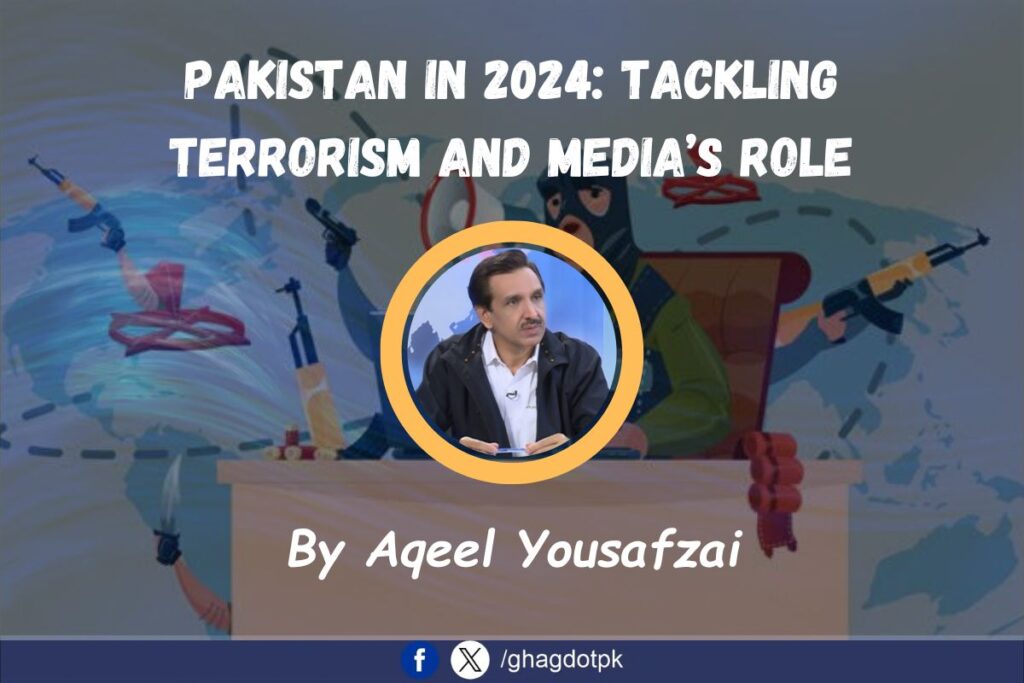By Aqeel Yousafzai
The year 2024 marked a significant chapter in Pakistan’s recent history, standing out as a period of progress despite numerous challenges. Compared to 2023, it showed considerable improvement, fueling optimism for even greater achievements in 2025. Early in 2024, peaceful general elections were held, paving the way for a coalition government led by the Pakistan Muslim League-Nawaz (PML-N), Pakistan Peoples Party (PPP), Muttahida Qaumi Movement (MQM), and several smaller parties. This development effectively ended the political and electoral crisis that had persisted since 2021.
While Pakistan Tehreek-e-Insaf (PTI) became the second-largest party in the federal government and secured a majority in Khyber Pakhtunkhwa, it refused to accept the election results, as anticipated. The party resorted to protests and resistance, including multiple attempts to march on Islamabad. However, all these efforts failed due to insufficient public and internal support. PTI’s last notable push on November 24 and 26 also ended unsuccessfully, as the federal government, backed by military leadership, maintained order.
In 2024, Pakistan, particularly Khyber Pakhtunkhwa, faced severe security challenges. Terrorist groups executed roughly 1,700 attacks, leading to the loss of around 900 lives. In response, security forces conducted an unprecedented number of intelligence-based operations, effectively dismantling terrorist networks. Approximately 1,000 terrorists were killed, 570 arrested, and 300 sentenced by courts. Cross-border operations were also undertaken, including airstrikes in Afghanistan and Iran.
The year also saw a surge in diplomatic activity, with numerous foreign delegations and heads of state visiting Pakistan. This resulted in a series of agreements that stabilized the economy and reduced inflation compared to 2023. Additionally, Pakistan successfully hosted the Shanghai Cooperation Organization (SCO) summit, attended by several global leaders.
Throughout the year, Pakistan faced significant challenges from fake news and negative propaganda on social media, driven by certain political parties, groups, and foreign elements. This misinformation campaign aimed to create unrest and insecurity, forcing the state to take strict countermeasures. While mainstream and social media largely played a negative role, the public increasingly rejected these propaganda efforts, recognizing their disruptive intentions.






